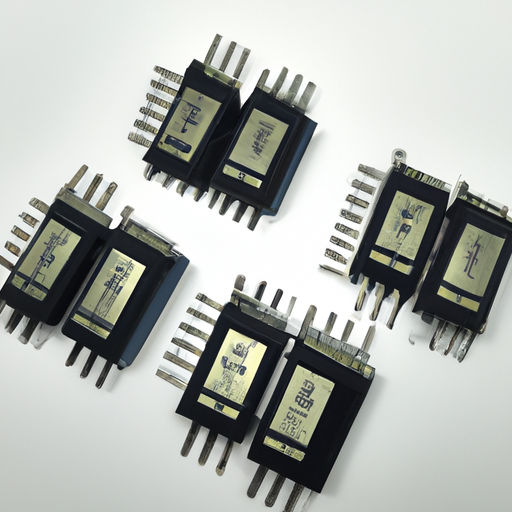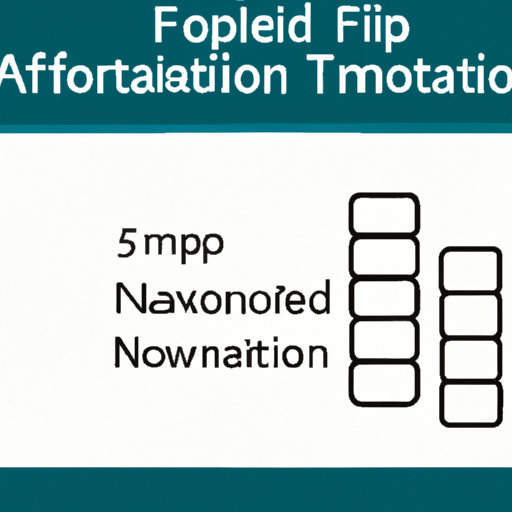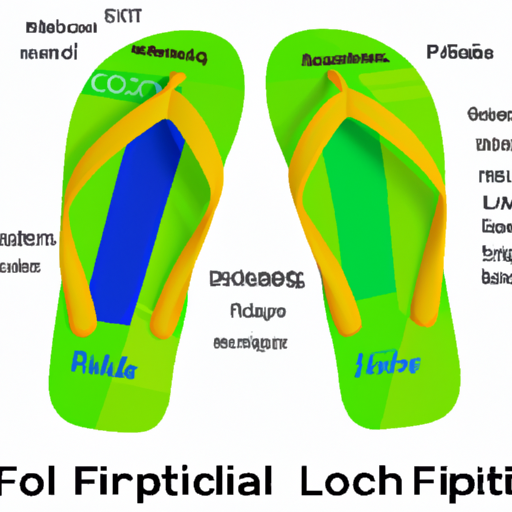1N4004-T Buffers, Drivers, Receivers, Transceivers highlighting the core functional technology articles and application development cases of Buffers, Drivers, Receivers, Transceivers that are effective.
System
Sep 04
0
Certainly! Below is a more detailed exploration of buffers, drivers, receivers, and transceivers, focusing on their core functional technologies and specific application development cases.
Buffers
| Isolation and Signal Integrity: Buffers serve to isolate different circuit sections, ensuring that the output does not load the input. This is crucial in maintaining signal integrity, especially in high-speed digital circuits.Isolation and Signal Integrity: Buffers serve to isolate different circuit sections, ensuring that the output does not load the input. This is crucial in maintaining signal integrity, especially in high-speed digital circuits. |
| Types of Buffers:Types of Buffers: |
| Analog Signal Processing: In sensor applications, buffers can condition signals before they are fed into ADCs, ensuring accurate digital representation.Analog Signal Processing: In sensor applications, buffers can condition signals before they are fed into ADCs, ensuring accurate digital representation. |
| PCB Design: Buffers are used to drive long traces on PCBs, preventing signal loss and ensuring reliable communication between components.PCB Design: Buffers are used to drive long traces on PCBs, preventing signal loss and ensuring reliable communication between components. |
| Power Amplification: Drivers are designed to provide sufficient current and voltage to drive loads, which may require more power than a standard output can provide.Power Amplification: Drivers are designed to provide sufficient current and voltage to drive loads, which may require more power than a standard output can provide. |
| Types of Drivers:Types of Drivers: |
| LED Lighting Systems: In smart lighting applications, LED drivers are used to control brightness and color temperature, often integrating with IoT systems for remote management.LED Lighting Systems: In smart lighting applications, LED drivers are used to control brightness and color temperature, often integrating with IoT systems for remote management. |
| Robotics and Automation: Motor drivers are critical in robotic applications, allowing for precise control of motor functions, including speed and direction, which is essential for tasks like robotic arms or autonomous vehicles.Robotics and Automation: Motor drivers are critical in robotic applications, allowing for precise control of motor functions, including speed and direction, which is essential for tasks like robotic arms or autonomous vehicles. |
| Signal Detection and Processing: Receivers are designed to capture and process incoming signals, converting them into a usable format.Signal Detection and Processing: Receivers are designed to capture and process incoming signals, converting them into a usable format. |
| Types of Receivers:Types of Receivers: |
| Wireless Communication Systems: RF receivers are integral to devices like smartphones and Wi-Fi routers, enabling data transmission and reception over radio frequencies.Wireless Communication Systems: RF receivers are integral to devices like smartphones and Wi-Fi routers, enabling data transmission and reception over radio frequencies. |
| Home Theater Systems: Audio receivers decode multiple audio formats, allowing users to enjoy high-fidelity sound from various sources, including streaming services and physical media.Home Theater Systems: Audio receivers decode multiple audio formats, allowing users to enjoy high-fidelity sound from various sources, including streaming services and physical media. |
| Bidirectional Communication: Transceivers combine the functions of both transmitters and receivers, allowing for two-way communication in a single device.Bidirectional Communication: Transceivers combine the functions of both transmitters and receivers, allowing for two-way communication in a single device. |
| Types of Transceivers:Types of Transceivers: |
| Networking Equipment: Ethernet transceivers are used in switches and routers to manage data traffic in local area networks, ensuring efficient data transfer.Networking Equipment: Ethernet transceivers are used in switches and routers to manage data traffic in local area networks, ensuring efficient data transfer. |
| Mobile Communication: RF transceivers are essential in mobile devices, enabling voice calls and data services, and are critical in the development of 5G technology.Mobile Communication: RF transceivers are essential in mobile devices, enabling voice calls and data services, and are critical in the development of 5G technology. |
| Voltage Buffers: These provide a high input impedance and low output impedance, allowing them to drive loads without affecting the source.Voltage Buffers: These provide a high input impedance and low output impedance, allowing them to drive loads without affecting the source. |
| Digital Buffers: Used in digital circuits to strengthen signals and prevent degradation over long distances.Digital Buffers: Used in digital circuits to strengthen signals and prevent degradation over long distances. |
| LED Drivers: Regulate current to LEDs, ensuring consistent brightness and efficiency.LED Drivers: Regulate current to LEDs, ensuring consistent brightness and efficiency. |
| Motor Drivers: Control the operation of motors, providing the necessary power and control signals.Motor Drivers: Control the operation of motors, providing the necessary power and control signals. |
| RF Receivers: Used in wireless communication to demodulate and decode radio signals.RF Receivers: Used in wireless communication to demodulate and decode radio signals. |
| Audio Receivers: Decode audio signals for playback in various audio systems.Audio Receivers: Decode audio signals for playback in various audio systems. |
| RF Transceivers: Used in wireless communication systems for both sending and receiving signals.RF Transceivers: Used in wireless communication systems for both sending and receiving signals. |
| Ethernet Transceivers: Facilitate data communication over wired networks.Ethernet Transceivers: Facilitate data communication over wired networks. |
Drivers
Receivers
Transceivers
Conclusion
Buffers, drivers, receivers, and transceivers are foundational components in modern electronic systems, each serving distinct yet complementary roles. Their effective application enhances performance, reliability, and efficiency across various industries, including telecommunications, consumer electronics, automotive systems, and industrial automation. Understanding their core technologies and application cases is vital for engineers and developers aiming to innovate and optimize electronic designs.






